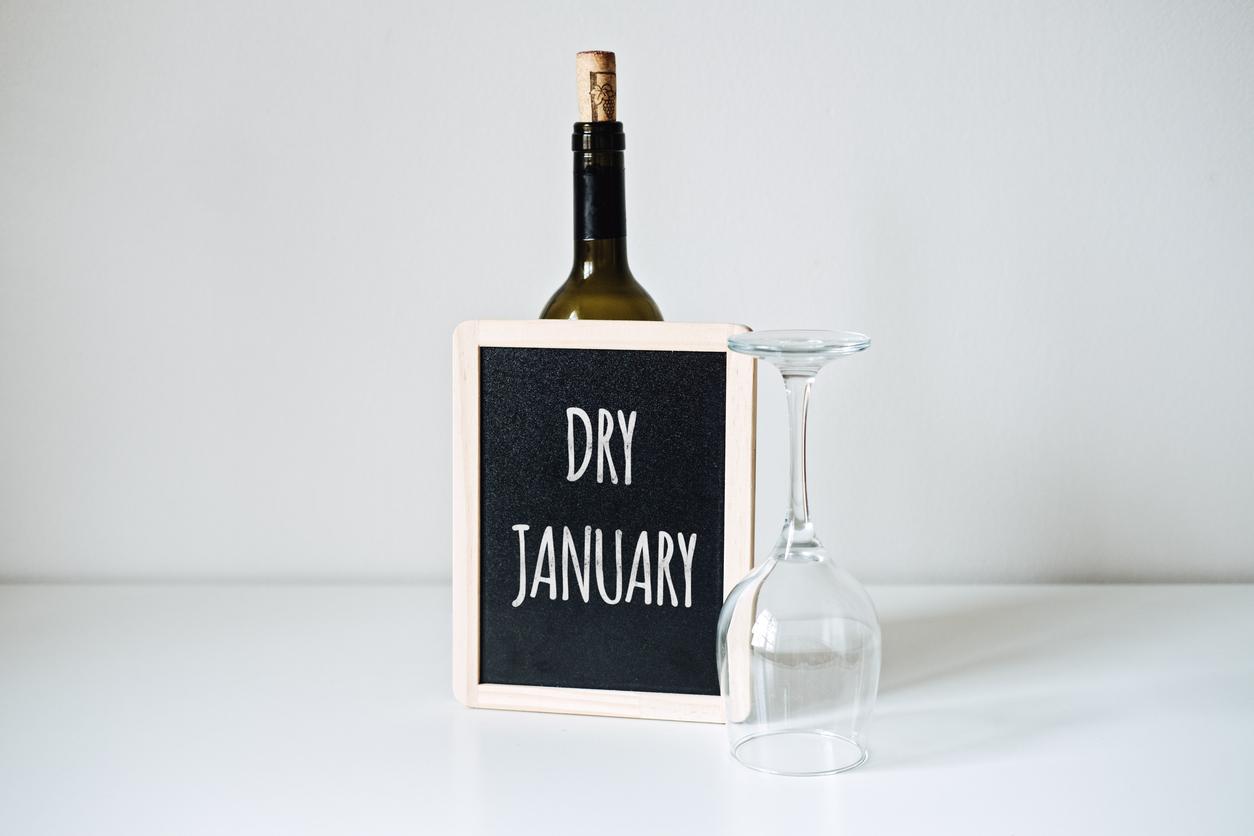Health recommendations on alcohol are not adapted to the reality of consumption, according to a study published in the journal Addictions.

“One unit of alcohol, please!” If the formula sounds foreign, it is because most consumers do not use it. In fact, few know what precisely covers a unit of alcohol, even though this measure is used by States to help citizens quantify what they drink and thus limit their excess.
From this point of view, the objective is missed, according to researchers from the “UK Center for Tobacco and Alcohol Studies”. In their work published in the journal Addictions, they wonder about the meaning that alcohol consumers give to the recommendations in force in the United Kingdom. These recommend not to drink more than 3-4 units per day for men, and 2-3 for women. Thresholds close to those advocated by the World Health Organization (WHO).
An inappropriate message
When questioned, the 66 participants aged 19 to 65 were rather skeptical about these recommendations. For many, the daily measurement is not appropriate since they themselves do not consume alcohol on a daily basis. On the other hand, they take advantage of the weekends to drink and exceed, sometimes largely, these recommendations.
According to the authors, the messages do not sufficiently take into account the search for intoxication which is at the origin of occasional and intense consumption. They provide a sanitary threshold for daily use, but they miss a large part of their target, which consumes differently.
On the other hand, participants were more inclined to use measures such as glass, pint or bottle to assess their consumption. A reality that does not take into account these recommendations, which propose a calculation based on the unit. On the page dedicated, the Nation Health System website warns: “It can be a bit tricky to understand and remember how much alcohol is in drinks! “(“It can be a bit tricky to figure out how much alcohol is in a drink, and remember it! “)

The Australian and Canadian system, which provides separate advice for daily and occasional consumption, seems more suited to reality, the authors point out. These findings could inspire future national recommendations, which are currently being revised in England and Scotland.
.















